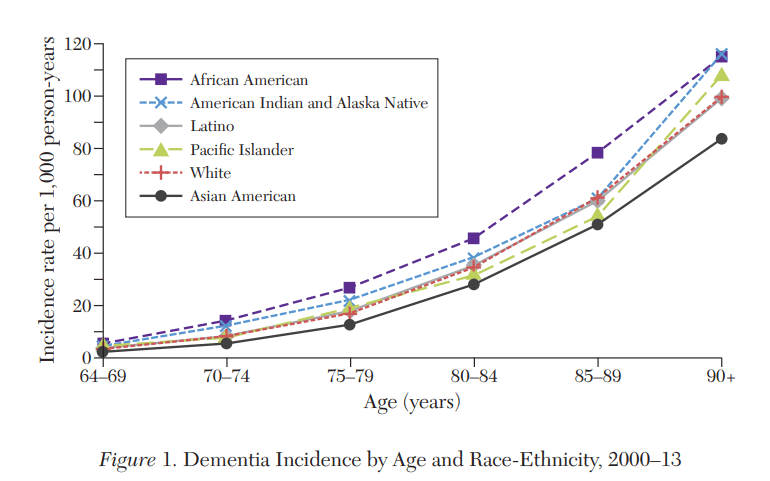The cost of drug development for Alzehimer’s Disease

No surprise, but it’s high. Chandra, Coile and Mommaerts (2023) write:
The average cost of AD [Alzheimer’s Disease] drug development is estimated (based on a host of assumptions) to be $5.6 billion, largely due to high preclinical and phase 3 trial costs (Cummings, Reiber, and Kumar 2018). This number greatly exceeds R&D costs for other drugs, for which the median cost of development is estimated to be $2.5 billion (DiMasi, Grabowski, and Hansen 2016). One reason for the high cost is the long trial time needed to see results, the average length of AD drug development being 13 years.
This JEL paper has a number of other interesting points surrounding the economics of AD. For instance, why is Alzheimer’s Disease particularly relevant for economists? The article notes:
Patients who are cognitively challenged patients may not be able to make optimal decisions about health or finances, AD may also alter one’s preference structure in unforeseeable waysAs the etiology of AD is poorly understood and drug development has an especially long timeline, incentives to innovate by private pharmaceutical companies may be particularly misaligned with social incentives
The article also notes a number of AD market failures.
Basic science funding is useful for resolving ongoing ambiguity about AD’s and validating surrogate endpoint as this knowledge is a public good that can be used by private firms to develop specific products. While private firms could engage in this research, in inevitable would be underprovided since the would not be able to capture all societal value from such knowledge creationPatents generally solve the second market failure that R&D costs are very high while drug manufacturing costs are much lower. Patients provide the “pull” incentives needed to justify long-term R&D investmentsAnother issue is that the US market plays a dispropriationate role in incentivizing AD drug development. The authors write that “…the market for medicines in other nations pales against that of the United States; Australia’s market is 3 percent, Canada’s 5 percent, and Germany’s about 10 percent of the US market…suggesting a critical role for US incentives to induce innovation regardless of where companies are based.”
The article also cites the well-known issue that commercial payers may not be able to internalize the benefits of any AD treatment.
…a private insurer may not want to cover an expensive but effective early-stage intervention for AD (e.g., diagnostic testing or a preventive medicine) because the later-stage savings accrue to Medicare or Medicaid.
Another issue is that nursing home and home health care are expensive:
In 2019, nursing home care averaged $90,000–100,000 per year and formal home care cost around $23 per hour, or roughly $53,000 annually for 44 hours per week
Caregiver costs for informal, at-home care area also large but these costs are born by the caregivers themselves rather than governments or commercial payers and thus often ignored. One study (Hurd et al. 2013) found that the informal caregiver burden was $148 billion per year, similar to the cost of formal caregiving.
There are many more details in the paper as well including market failures with respect to private long-term care insurance, the impact of AD on financial decisionmaking, and future research topics on the economics of AD. You can read the whole article here.




